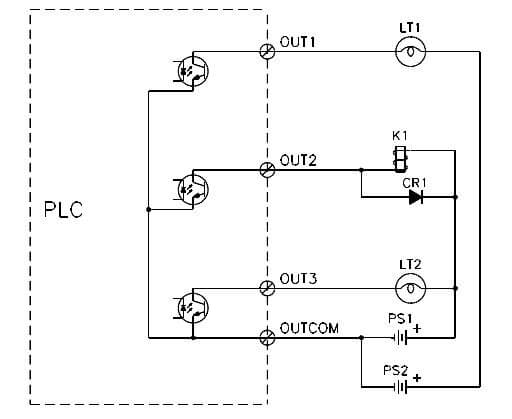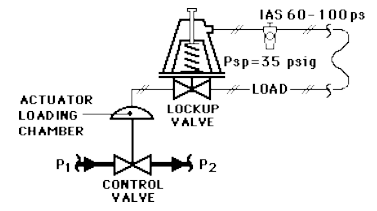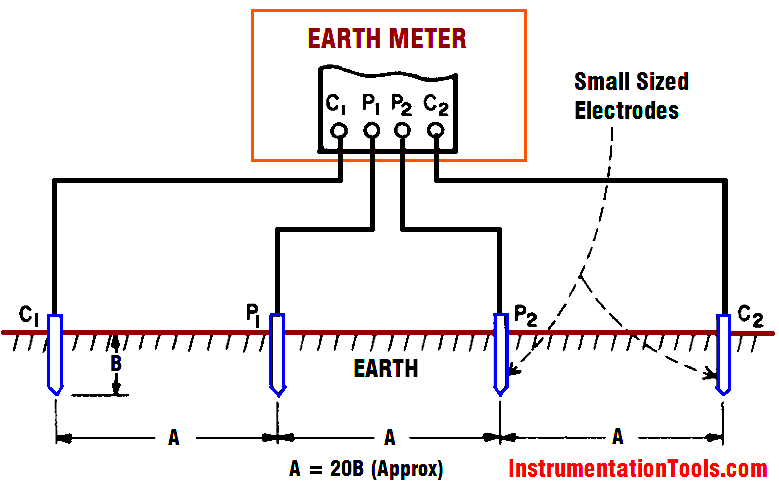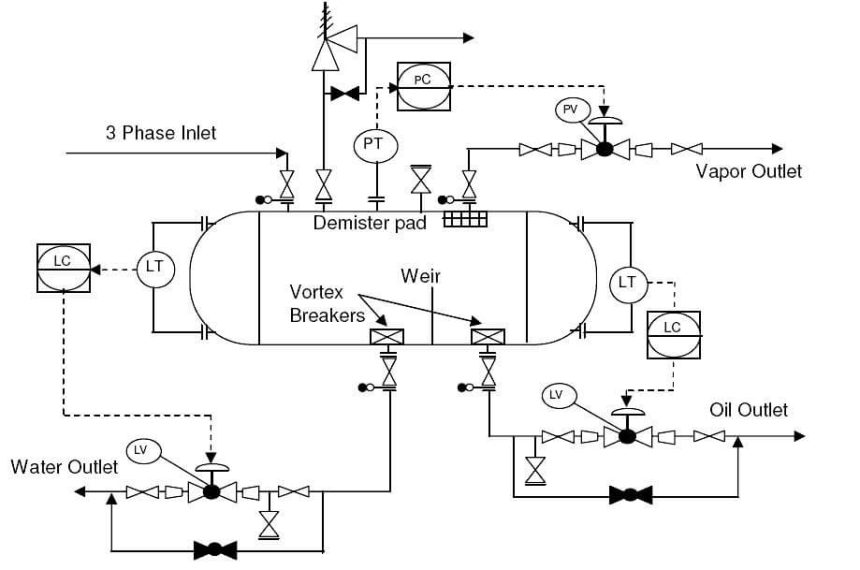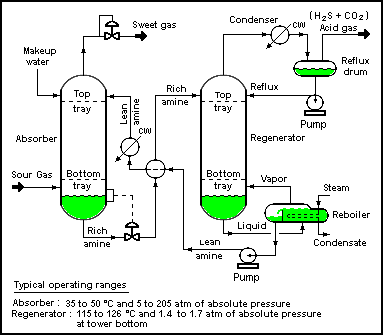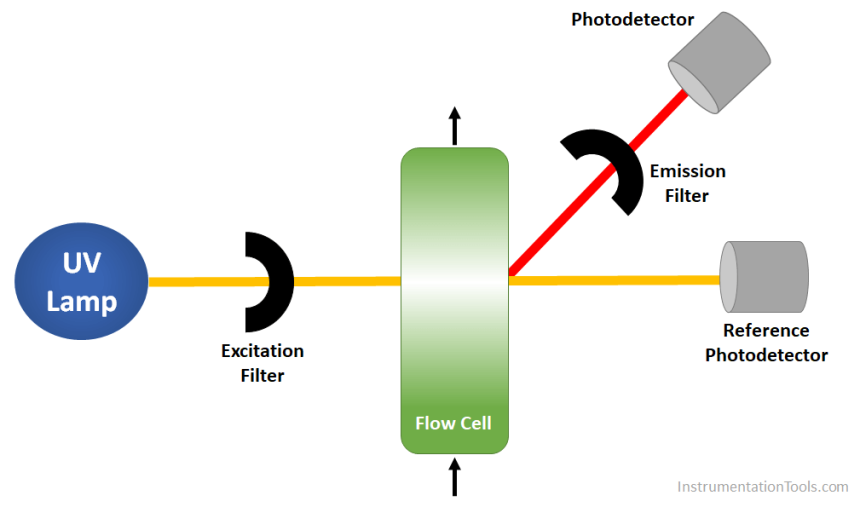PLC Output Types
PLC outputs are of two types: 1. Relay. 2. Solid state. Relay outputs are mechanical contacts and Solid State outputs are like transistor, TRIAC.
Control Valve Fail Safe Action
There are two primary system considerations centering around an emergency operational situation for control valves. Control Valve Fail Safe Action I. Loss of instrument air supply (IAS) pressure II. Loss…
How Earth Resistance is Measured
The term “earth resistivity” expressed in ohm-centimeters (abbreviated ohm-cm) is one basic variable affecting resistance to earth of an electrode system. But the actual value of earth resistivity need not…
Installation and Maintenance of Control Valves
Installation of a Control Valve When installing a control valve, please observe the following: Before installation, ensure that scales, welding chips or any other foreign materials have been cleaned out…
What is Piping and Instrumentation Diagram (P&ID) ?
Piping and Instrumentation Diagram (P&ID) is a drawing elaborating the details of piping and instrumentation of a processing plant, developed at the design stage. P&ID is later used for assistance…
What is Process Flow Diagram (PFD) ?
Process Flow Diagram (PFD) is a drawing which essentially captures the process flow for a processing plant. PFD is used to capture the main process equipment's, main process stream, process/design…
PLC Analog I/O Potential Problems – Troubleshooting & Issues
This section covers the PLC Analog I/O Potential Problems and PLC troubleshooting tips for the basic programmable logic controller (PLC).
Oil in Water Analyzer Working Principle
The Oil in Water Analyzer uses the UV source, photo-detector, and a sample cell to measure the fluorescence light.
How to Avoid Bad Grounds ?
Earthing of electrical systems is required for a number of reasons, principally to ensure the safety of people near the system and to prevent damage to the system itself in…
Over Pressure cases for Pressure Relief Valve Sizing
Separator vessels, storage tanks, heat exchangers, columns and certain piping segments etc. are designed to handle certain operating pressure. However combination of a variety of causes may lead to over…
